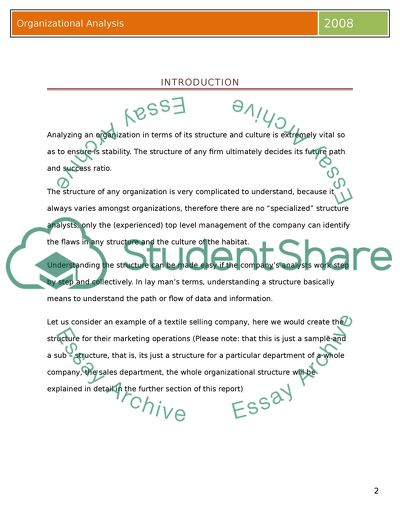Cite this document
(The Structure for the Marketing Operations Report, n.d.)
The Structure for the Marketing Operations Report. https://studentshare.org/human-resources/1712906-organisational-analysis
The Structure for the Marketing Operations Report. https://studentshare.org/human-resources/1712906-organisational-analysis
(The Structure for the Marketing Operations Report)
The Structure for the Marketing Operations Report. https://studentshare.org/human-resources/1712906-organisational-analysis.
The Structure for the Marketing Operations Report. https://studentshare.org/human-resources/1712906-organisational-analysis.
“The Structure for the Marketing Operations Report”. https://studentshare.org/human-resources/1712906-organisational-analysis.


